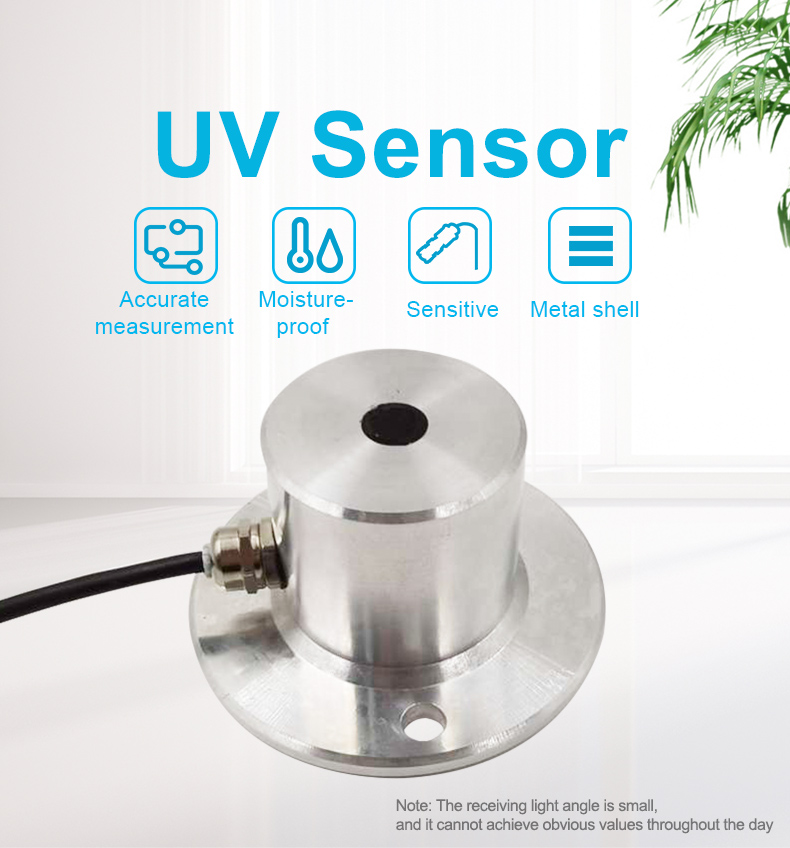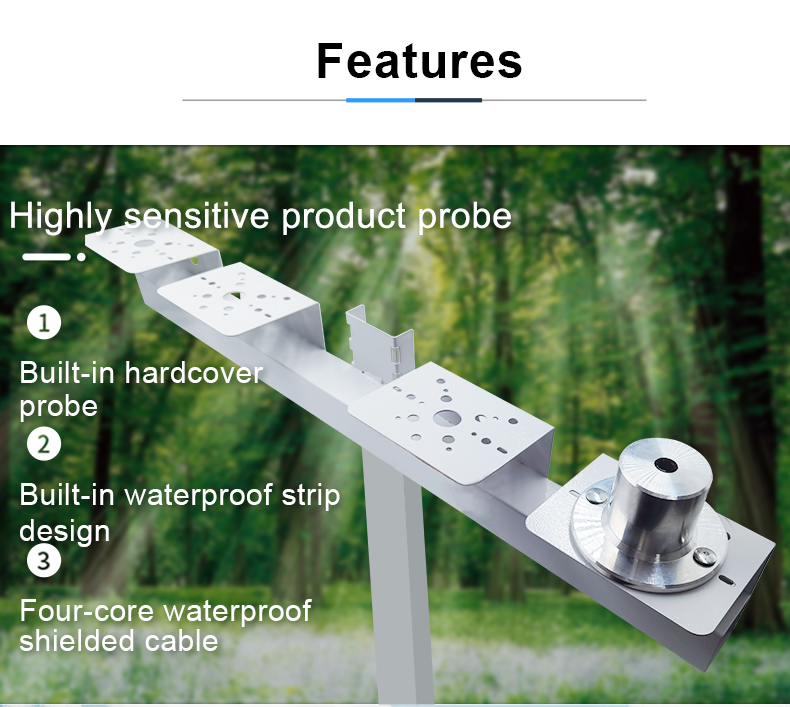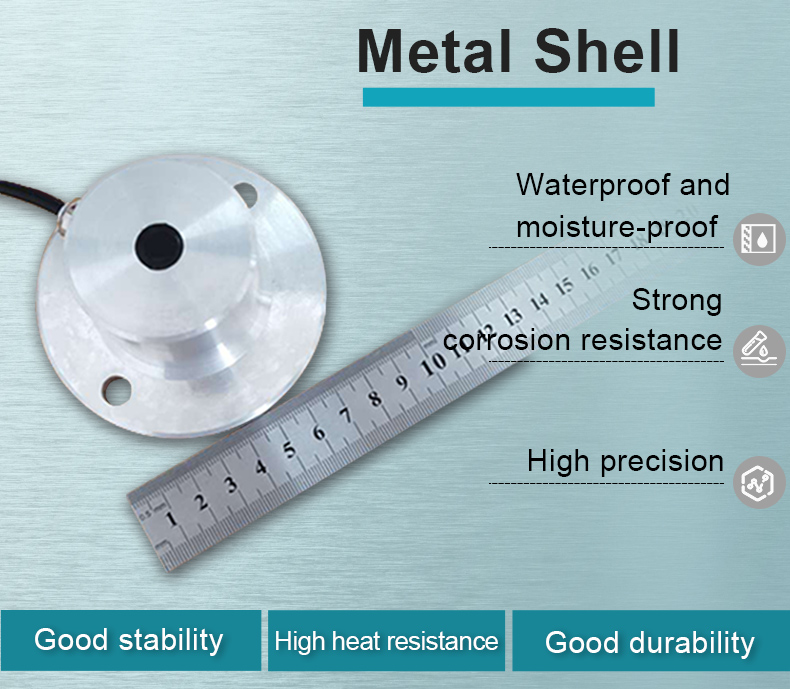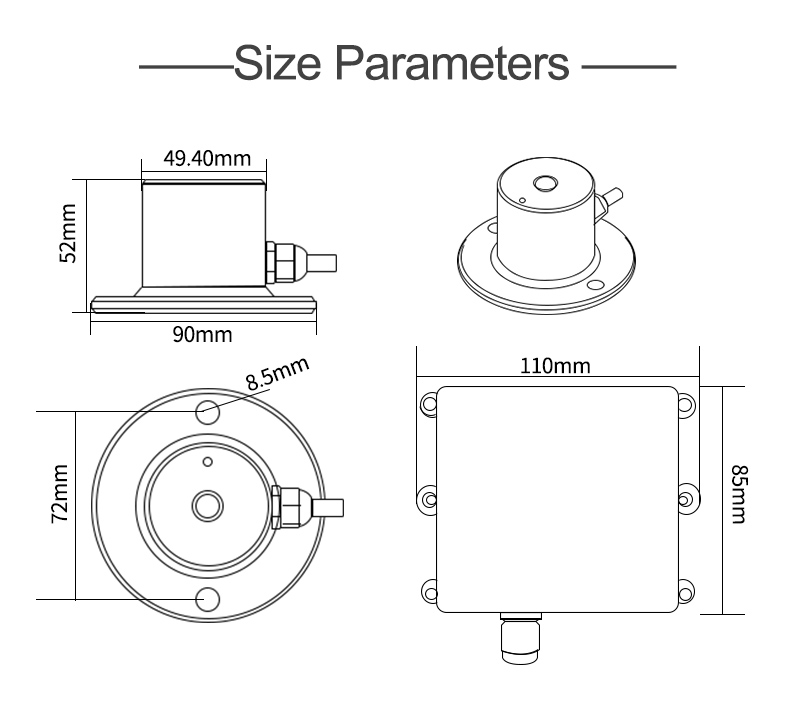How does a UV sensor work?
The circuit adopts the American imported industrial-grade microprocessor chip and imported high-precision ultraviolet transmitter to ensure the excellent reliability and high precision of the product.

Features of uv sensor:
1. Adopt ultraviolet measuring devices that are highly sensitive to 240-370 nm to accurately measure ultraviolet intensity.
2. The see-through window adopts high-quality light-transmitting materials, and the ultraviolet transmittance exceeds 98%, which avoids the problem of low ultraviolet measurement values due to the absorption of ultraviolet rays by traditional PMMA and PC materials.

3. The uv detector adopts a 485 communication interface, standard Modbus-RTU communication protocol, communication address, and baud rate can be set, and the longest communication distance is 2000 meters.
4.Wall-mounted waterproof shell, high protection level, can be used in outdoor rain and snow environment for a long time.

What is a UV meter used for?
After continuous research and experimentation, we can now apply ultraviolet sensors in environmental monitoring, weather monitoring, agriculture, forestry, and other environments to measure ultraviolet rays in the atmosphere and under artificial light sources.

Illuminated UV Transmitter
Ultraviolet radiation sensors use photodetectors to receive electrical signals from ultraviolet light waves. It is a product for measuring solar ultraviolet radiation (UVAβ wavelength range) in the atmosphere. It can be used in conjunction with data acquisition instruments to provide the public with the measurement of UV index and UV erythema. The influence of ultraviolet rays on the human body and the attention of special ultraviolet rays.It can be very good for meteorological monitoring such as ultraviolet rays.
Parameter introduction:
Power supply: 12V-24V DC
Maximum power consumption: 0.4W
Output signal: 0-5V
UV Accuracy: ±3% (25°C)
UV measurement range: 0-150W/m2
Long-term UV stability: ≤5%/y
Working pressure range: 0.9-1.1atm